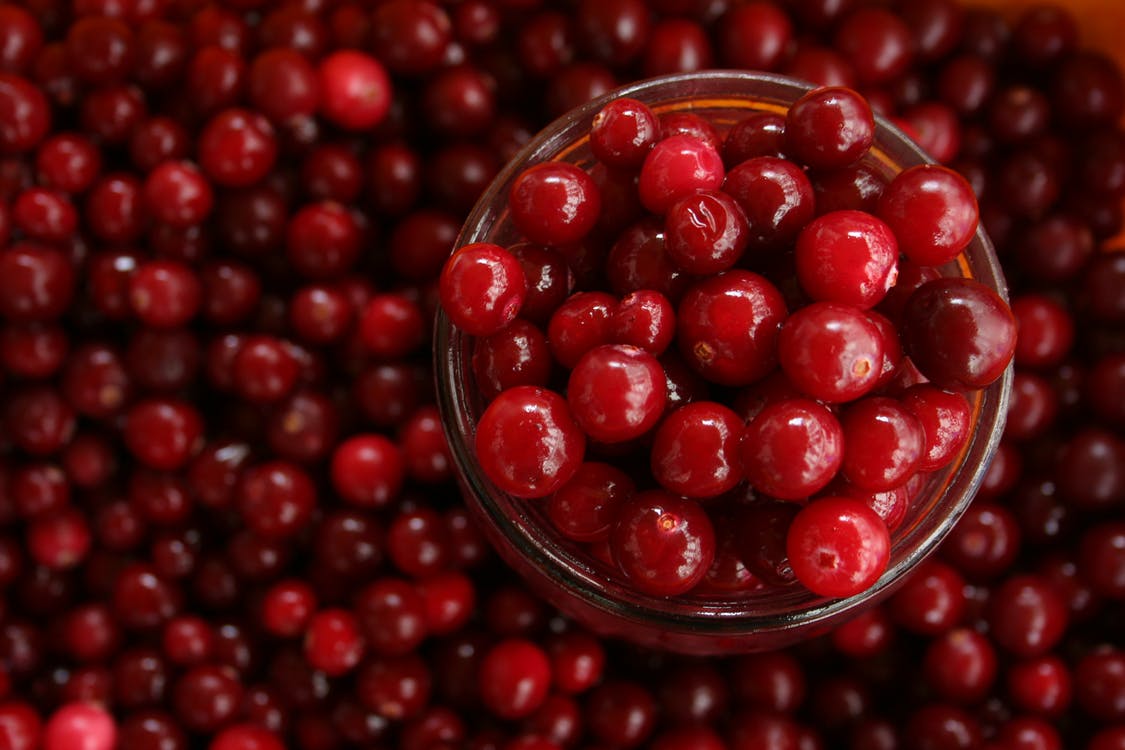Cranberry Recipes & Info
Discover | The wild American cranberry is only one of three fruits native to North America that is still commercially grown today. Cultivated by settlers in the early 1800s, cranberries are a relatively new industry in Michigan. With only 260 to 300 acres of cranberries currently, the industry is expected to expand significantly in the coming years because of our ideal climate, soil and regular water availability.
Taste | Fresh cranberries are available October through December, while dried and juiced cranberries are a year-round staple. Crisp and tart, these marbled-sized berries are traditionally made into cranberry sauce. Try preparing cranberries in some nontraditional ways such as infused into simple syrups or vodka, baked into cakes or muffins or stirred into rice dishes or oatmeal. Even though most commonly eaten cooked, thinly sliced raw cranberries are also a delicious addition to a salad.
Fortify | Cranberries are most commonly known for their ability to improve urinary tract heath. They have powerful antioxidants called proanthocyanidins (PACS ) that provide a defense against bacteria. PACS prevent the bacteria from sticking to our cells in our bladders—as well as in our stomach to prevent ulcers and in our mouth to prevent cavities. Cranberries are also a good source of fiber and vitamin C.
Preserve | Cranberries have a smooth, waxy exterior in vibrant shades of red that bounce when fresh. They are easy to store and keep especially long due to a natural preservative. Properly refrigerated, fresh cranberries last up to two months and cooked cranberries one month. Expect a cooked cranberry to “pop” when heated—watch carefully as it will quickly overcook, turning bitter and mushy. Freeze cranberries for year-round use in an airtight container.







